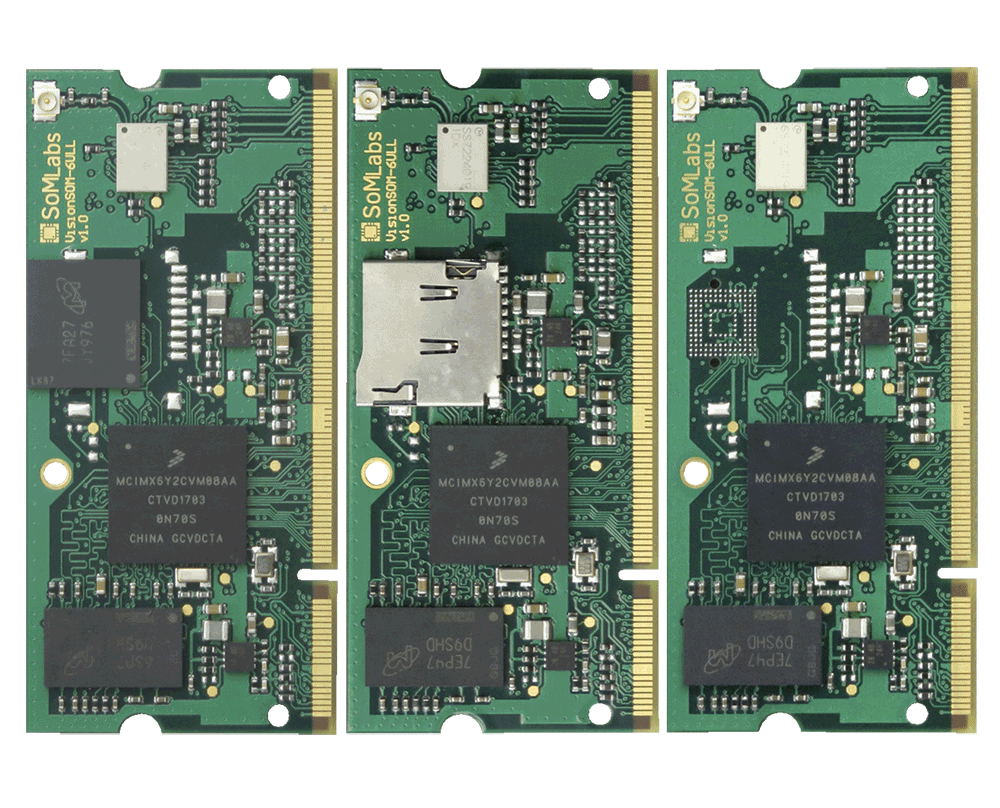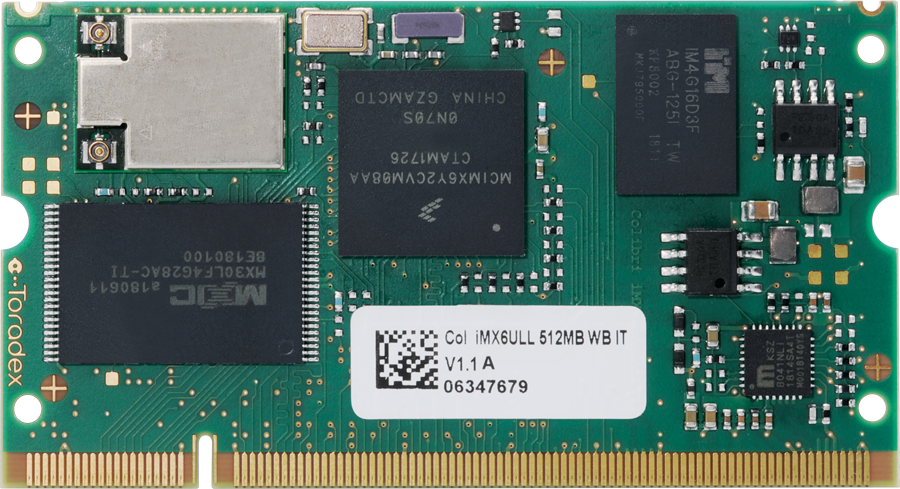Are you curious about the Colibri Serie 6 30-008 pinout?
If so, you’re not alone!
Many people, whether they’re hobbyists or professionals, find themselves asking questions about pinouts, especially when working on projects involving colibri serie 6 30-008 pinout.
Let’s break it down into simple, digestible bits.
What is the Colibri Serie 6 30-008?
The Colibri Serie 6 30-008 is a powerful system-on-module (SoM) designed for a variety of embedded applications.
It’s compact, efficient, and perfect for developers looking to integrate computing power into their products.
But what about its pinout?
Pinouts: Why Do They Matter?
Pinouts are the blueprints of your device’s connectivity.
They tell you which pins connect to what, ensuring you can hook everything up correctly.
For Colibri devices, understanding the pinout can make or break your project.
If you plug a wire into the wrong pin, you could end up with a malfunctioning device.

Decoding the Colibri Serie 6 30-008 Pinout
The Colibri Serie 6 30-008 pinout consists of various pins that serve different functions.
Here’s a simplified view of what you’ll find:
- Power Pins: These pins deliver the necessary power to the module.
- Ground Pins: Essential for completing circuits, grounding ensures stability.
- I/O Pins: Input/Output pins allow for communication between the module and other devices.
- Serial Communication Pins: These are vital for connecting to other components using protocols like UART or SPI.
This setup is crucial for integrating the module into your designs effectively.
Real-Life Example: A Quick Project
Imagine you’re building a smart thermostat using the Colibri module.
You’ll need to connect temperature sensors, display units, and even Wi-Fi modules to it.
By referencing the Colibri Serie 6 30-008 pinout, you can easily identify which pins to connect for each component.
No guessing games here!
Common Questions About the Colibri Serie 6 30-008 Pinout
1. Where can I find the Colibri Serie 6 30-008 pinout diagram?
The official Toradex documentation is an excellent resource.
They provide detailed pinout diagrams for each Colibri module.
2. What happens if I connect to the wrong pin?
Connecting to the wrong pin can lead to malfunction or even damage to your device.
Always double-check the pinout before making connections.
3. Can I use the Colibri Serie 6 30-008 with other modules?
Absolutely!
The versatility of the Colibri Serie 6 30-008 allows it to work with various peripherals and modules.
Just ensure you’re aware of the pinouts for those additional devices as well.
Key Features of the Colibri Serie 6 30-008
Let’s look at what makes the Colibri Serie 6 30-008 stand out:
- Compact Size: Ideal for embedded systems where space is at a premium.
- Low Power Consumption: Great for battery-powered applications.
- Robust Connectivity Options: Supports various protocols, making it highly adaptable.
These features, combined with a solid understanding of the pinout, enable you to create innovative solutions.

Best Practices for Working with Pinouts
- Always Reference the Pinout: Before starting any project, make sure you have the pinout handy.
- Use Color-Coded Wires: This helps avoid confusion and mistakes during connections.
- Test Before Finalizing: Always check connections with a multimeter to ensure they’re correct.
By following these tips, you can avoid common pitfalls and create reliable designs.
Final Thoughts on the Colibri Serie 6 30-008 Pinout
Understanding the Colibri Serie 6 30-008 pinout is essential for anyone working with this powerful module.
With its numerous features and capabilities, it opens doors to endless possibilities in embedded systems.
When you grasp the pinout, you empower yourself to take on new challenges and create amazing projects.
If you’re ready to get started, remember to keep this guide handy!
Your journey with the Colibri Serie 6 30-008 pinout will be smooth, and your projects will shine.
For more information on pinouts and connecting devices, feel free to check out additional resources at Embedded.com or Electronics Hub.
